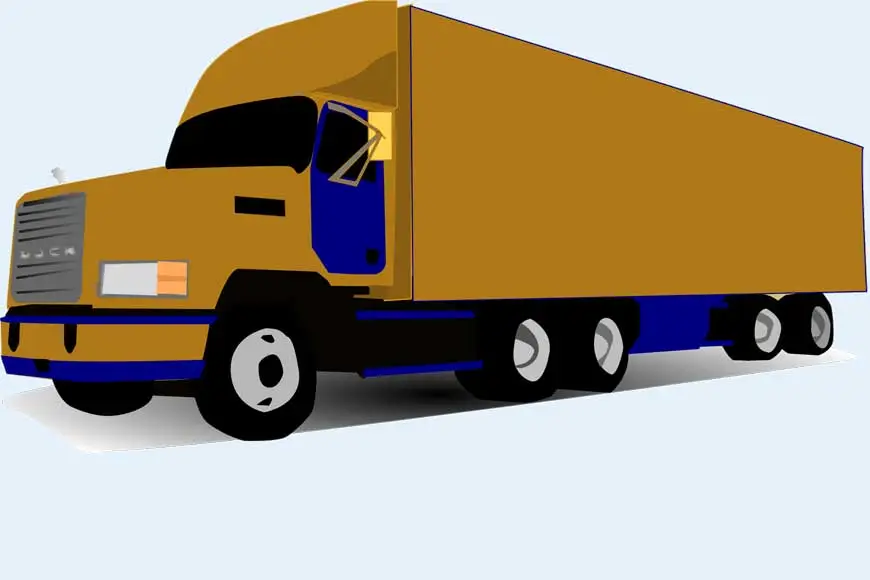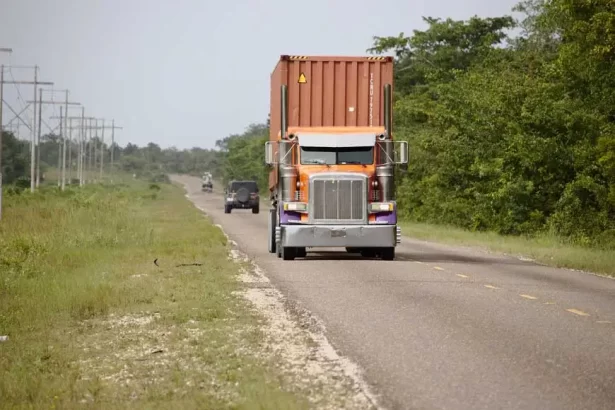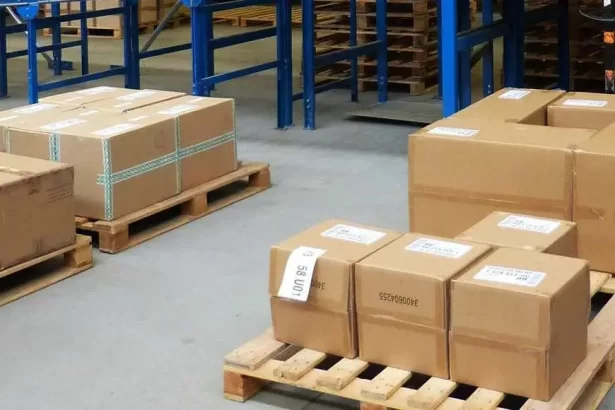What is meant by regular and irregular shipments?
Potential shippers always ask about regular and irregular shipments. Regular freight shipments are those that fall within the carrier’s guidelines and are easily handled and transported without special care. Regular Package designers should check their carrier to determine the carrier’s specific size and weight limits.
Irregular shipments may be:
– Odd or unwieldy shaped shipments making them difficult to handle without damage
– Oversize with dimensions exceeding the carrier’s standard limits
– Configured or labeled in such a way as to prohibit stacking
– A potential hazard to other shipments or personnel
– A shipment without any type of shipping container
What are freight road transport hazards?
Shippers ask about road freight and cargo hazards. They are the factors that negatively affect the state of your shipment during the transportation process. The following are the main hazards that shipments meet during transport:
– Shock. It occurs during handling when shipments are dropped, are struck by (or strike) other packages or objects during the sorting operation, or when they shift or fall during transit. The impacts create shock, which may cause fatigue or damage to the packaging and its contents.
– Vibration. It occurs when a freight package is mechanically moved or transported. Mechanical handling induces a low level of vibration in freight packages as the freight packages bounce on the pallet or directly on the forklift blades during transit. Manual sorting does not induce notable vibration, and it is the safest way to move small packages.
– Compression. Maybe a static condition, as in a trailer, railcar, ocean container, or aircraft when the freight package is under load from other freight packages and the vehicle is not moving. Or it may be a dynamic condition, when the trailer, ocean container, or aircraft is in motion. Dynamic compression will impose both vertical and lateral compressive forces when pressure is exerted onto the side of a freight package. This can occur when forklift handling equipment is used to push loads into place inside a truck, trailer, rail car, or aircraft container.
– Climatic conditions. Environmental conditions may cause damage due to the effects of temperatures and humidity. In most instances, carrier vehicles, as well as rail cars, are not conditioned. Therefore packages will be exposed to the same or more extreme temperature and humidity inside the vehicle than exists outside.
What are the shortcomings of road freight transport?
There are those worried about the various disadvantages of road freight and cargo transport. The following are the major shortfalls associated with road freight:
– Long distances over land can take more time.
– There can be traffic delays and breakdowns.
– There is the risk of goods being damaged, especially over long distances.
– Toll charges are high in some countries.
– Some countries have strict and harsh road and traffic regulations.
What is the difference between goods lifted and goods moved?
Potential shippers are often confused by the terms “goods lifted” and “goods moved”.
Goods lifted means the weight of goods carried, measured in tonnes.
Goods moved means the weight of goods carried, multiplied by the distance hauled, measured in tonne/kilometer.




